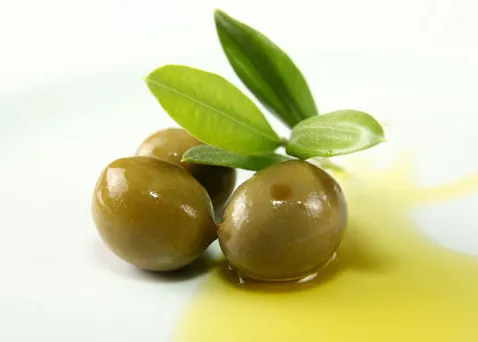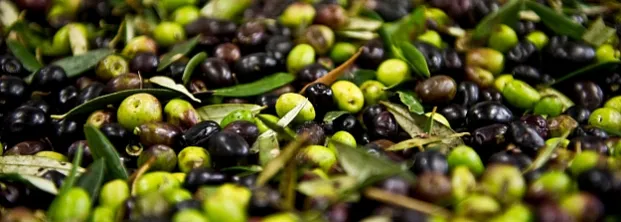The knowledge of the trees is undoubtedly the olive tree. Nice stories, romana, poetry has become the subject of olives. The time has passed, the owners have changed but their immortality has not changed. He took his place in the legends, also in religious books. We meet him in the most remote corners of history. Sometimes the god-Ra's enlightenment symbol, the goddess Athena's wisdom key, and sometimes the Qur'an, became a source of healing in Kerim. A story, poetry, sadness and happiness are olives! In the winter cold, esoteric olives one by one gather in the sharp touch of the wind. In the shade of olive trees, dreams and hopes are green again. He climbs to the tops of the trees, shrugs. The dreams are brought together with the pouring black and green pearls, like rain drops. The baskets are filled with baskets. It is sold cheap and expensive. Waited in the bolts, accumulated to take it to the rainbow. The last harvest of the year is the important bread gate for the peasants ... Some of them eat bread from him all year, and some of them see his childhood. Beef olive; The product of giving is not to be embarrassed if the interest is incomplete. Olive is also a source of healing. It is a miraculous food for human health, with fat-equivalent structure on the mother's milk. I think that olive growing has been an increasing agricultural activity in recent years. As in every human psychology, new methods and methods have to be tried out by others first, if it works. With this thought, we decide to do master's thesis with my teacher. I aim to develop the agricultural methods applied to Ayvalik olive variety, to determine the nutritional status of olive trees, to determine the optimum harvest time in terms of fruit quality parameters and to solve the problems related with Ayvalık olive variety spreading in the region. I'm working in the Manisa area. Mandalý Village of Ahmetli District of Manisa ... When I first go to Mandalý, I immediately understand the structure of the villages as they are home to tarihe, me 50-100 year old meets olive trees. The village residents are quite docile, far away from the calm of the city, quiet and quiet ... A village with 50 houses ... The young people of the village are settled in the area where the industrial area is, The villagers are surprised to see me, I understand that they are not accustomed to a female agricultural engineer .. I meet immediately and go to work. I plan my research as 3 separate sections as survey study, nutritional status of olive trees and determination of fruit-fat quality depending on different harvesting times. First I start with the survey work. While 66.7% of the surveyed farmers were located in the mountainous region of the olive garden, 33.3% of them were found to be in the paddy field. I have found that 41.6% of the producers do not use any inputs (fertilizer-irrigation), 58.3% of the producers use the inputs (fertilizer-irrigation) and the gardens used in the mountainous regions are more than the gardens in the countryside . I find that farmers who use input in the research I have done have a low level of education and that their financial situation is good, open to innovation, leading farmers. Manufacturers who do not use any inputs see that traditional low-input cultivation methods are used despite the high level of education compared to input users, and consequently the manufacturer's openness to finances and innovation affects input use. According to the survey, farmers do not perform cultural and maintenance operations at the desired level, and while observing soil and leaf analysis as a result of the analysis of plant nutrients, I observe that producers do olive cultivation without using any input. In the second stage, I choose four terrains with two ages of trees close to each other, two rural areas, two mountainous areas. I do not apply irrigation and fertilization to one of the olive gardens which are located in the mountainous region and are located in the rural (ground) area. I do a proper pruning and then soil analysis for the other gardens that are selected in the immediate area and apply fertilizing at the appropriate and recommended dose. Then, during the year, at least 6 irrigation by dripping ... Ayvalik olive varieties fruit for 10 days to start in the middle of October I harvest 4 different periods. At the end of the analyzes made, there is a difference in efficiency and quality about 2 kata between the gardens for which input is not applied and the gardens for which input is applied. In this case, when I grow olive, I see that the fertilization program related to soil analysis and the efficiency increase when the irrigation is preferred are significantly increased compared to the gardens where the input is not applied. Especially in July, I find that leaf application of zinc has a significant effect on productivity. Another result is that olive cultivation is usually made in the mountainous region, yield and quality
